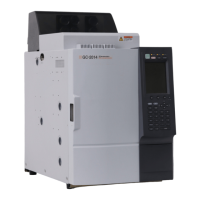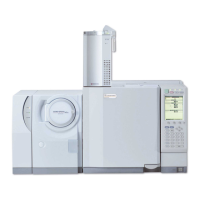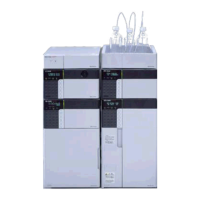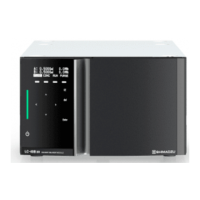14 Diagnosis
14.3
14.
188
GC-2014
14.3Analysis Counter
Use the analysis counter to set the replacement timing of the septum, and the glass insert, when
the counter exeeds the limit, an error message is displayed.
14.3.1 Screen description
Select “3. ANALYSIS COUNTER” from the [DIAG] key main screen to display the screen
shown in Fig. 14.3.1.
When the dual INJ (DINJ) is used, the number of analyses is indicated as follows:
Dual mode: The value counted on the L (left) inlet is indicated when the signal polarity of the detector
(DFID, DTCD) is +. The value counted on the R (right) inlet is indicated when the signal polarity is -.
Single mode: The value counted on the selected inlet (L or R) is indicated.
(a) Dual INJ (b) SPL
Fig. 14.3.1 Analysis counter screen
Computer fo
Septum
Computer fo
Insert
NOTE
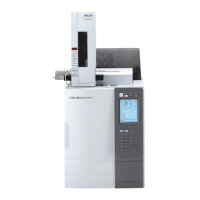
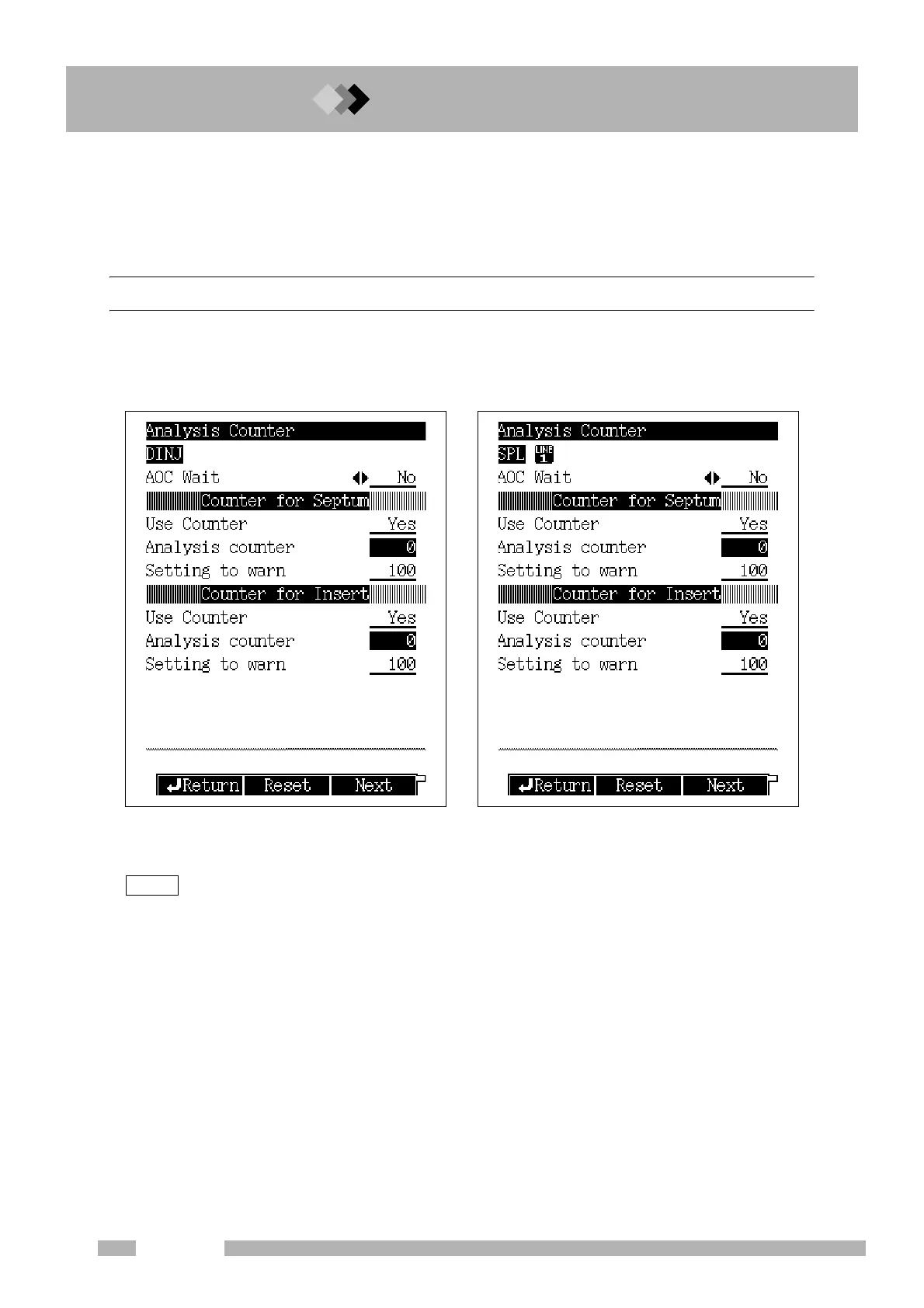